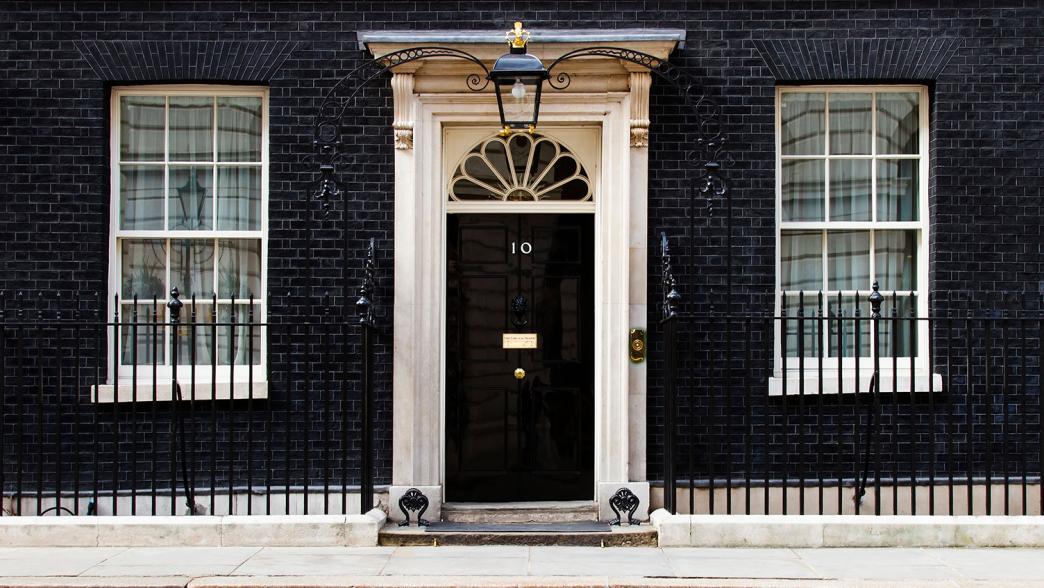Keir Starmer's next reshuffle should be Labour's last before a general election
Limiting reshuffles in the run up to elections is critical for the success and effectiveness of incoming administrations, says a new IfG paper.

Limiting reshuffles in the run up to general elections is critical for the success and effectiveness of incoming administrations, says a new Institute for Government paper.
Published today, Preparing a Shadow Ministerial Team for Office analyses the transitions of 1997 and 2010 to identify lessons for how Sir Keir Starmer should approach building his shadow ministerial team in the run up to the general election, expected in 2024. If Labour were to win that election, an incoming administration would benefit from Starmer giving his shadow team time to build policy experience.
With reports that Keir Starmer is planning to delay any reshuffle until the autumn, the IfG paper recommends that leaders should avoid making major changes to shadow ministerial teams in the 12 months before an expected general election. A Labour reshuffle taking place now, with an election expected in spring or autumn 2024, would already be relatively late. So if the current leader of the opposition wants to make any changes to his team he should do so sooner rather than later.
Should Starmer choose to change his shadow team, the IfG paper says his focus should be on aligning shadow posts with government departments wherever possible, building the skills and experience of his shadow ministers, and minimising churn in the run up to the election. This will give shadow ministers more opportunities for policy preparation and pre-election contact with officials – which usually begins between nine and 18 months out from an election. A reshuffle held closer to the election could damage the effectiveness of an incoming Labour government – if Labour were to win that election – as new ministers might not be up to speed with new policy responsibilities.
Examining Labour’s transition from opposition into government in 1997 and the formation of the coalition government in 2010, the new IfG report says Starmer can learn from previous changes of administration:
- Tony Blair’s post-election reshuffle meant that some key policy areas for his government – including health, agriculture and the constitution – were run by people with no experience of the brief in opposition, with nine full or attending cabinet ministers in 1997 appointed to roles they had not previously shadowed.
- 43% of ministers appointed in 1997 had not been shadowing the department to which they were appointed in the run up to the election – a similar proportion to 2010. This meant many appointees had neither ministerial nor policy experience.
- A lack of detailed communication during opposition between David Cameron and his shadow health secretary, Andrew Lansley meant that Cameron was not fully briefed on the detail of Lansley’s health reforms, which got into difficulty soon after the coalition was formed. Starmer should ensure he is close to the work his shadows are doing on their flagship policies.
- Blair also failed to announce in advance the plan to create a Department of the Environment, Transport and the Regions. The IfG paper says David Cameron’s approach, which left existing departments largely intact despite the need to accommodate Liberal Democrat ministers, was “more sensible.”
The paper finds that new ministers benefit from multiple years shadowing the brief:
- David Blunkett had been shadow education secretary since 1994 and met with Sir Michael Bichard, the permanent secretary at the Department for Education and Employment, every six weeks from the summer of 1996 onwards before becoming education secretary in 1997.
- Jack Straw, who had been shadow home secretary for three years ahead of his appointment as home secretary in 1997, told the IfG he had “worked incessantly and very thoroughly on a whole range of reforms that I wanted to introduce... We’d stress-tested the material and the officials in the Home Office had had this material for at least six months.”
- Michael Gove’s education reforms were largely developed during his three years shadowing the schools brief. This allowed for relatively quick implementation – a schools white paper was published six months after the coalition entered office.
The report is part of the Institute for Government’s research programme ahead of the expected 2024 election and all its potential outcomes, which includes looking at how the opposition and the civil service should prepare for a possible transition of government.
Grant Dalton, co-author of the report, said:
“If Labour were to win the next general election, Sir Keir Starmer’s next shadow ministerial reshuffle is key to ensuring the party can make a successful transition into government. Conducting the reshuffle as early as possible, using the policy and ministerial experience in his team and avoiding unnecessary departmental changes would help Keir Starmer ensure that his first ministerial team is best prepared to take office.”
Notes for editors
- The Institute for Government is an independent think tank that works to make government more effective.
- For more information, please contact press@instituteforgovernment.org.uk / 0785 031 3791.
- Topic
- Ministers
- Political party
- Labour
- Position
- Leader of the opposition
- Series
- Ministers Reflect
- Public figures
- Keir Starmer
- Publisher
- Institute for Government